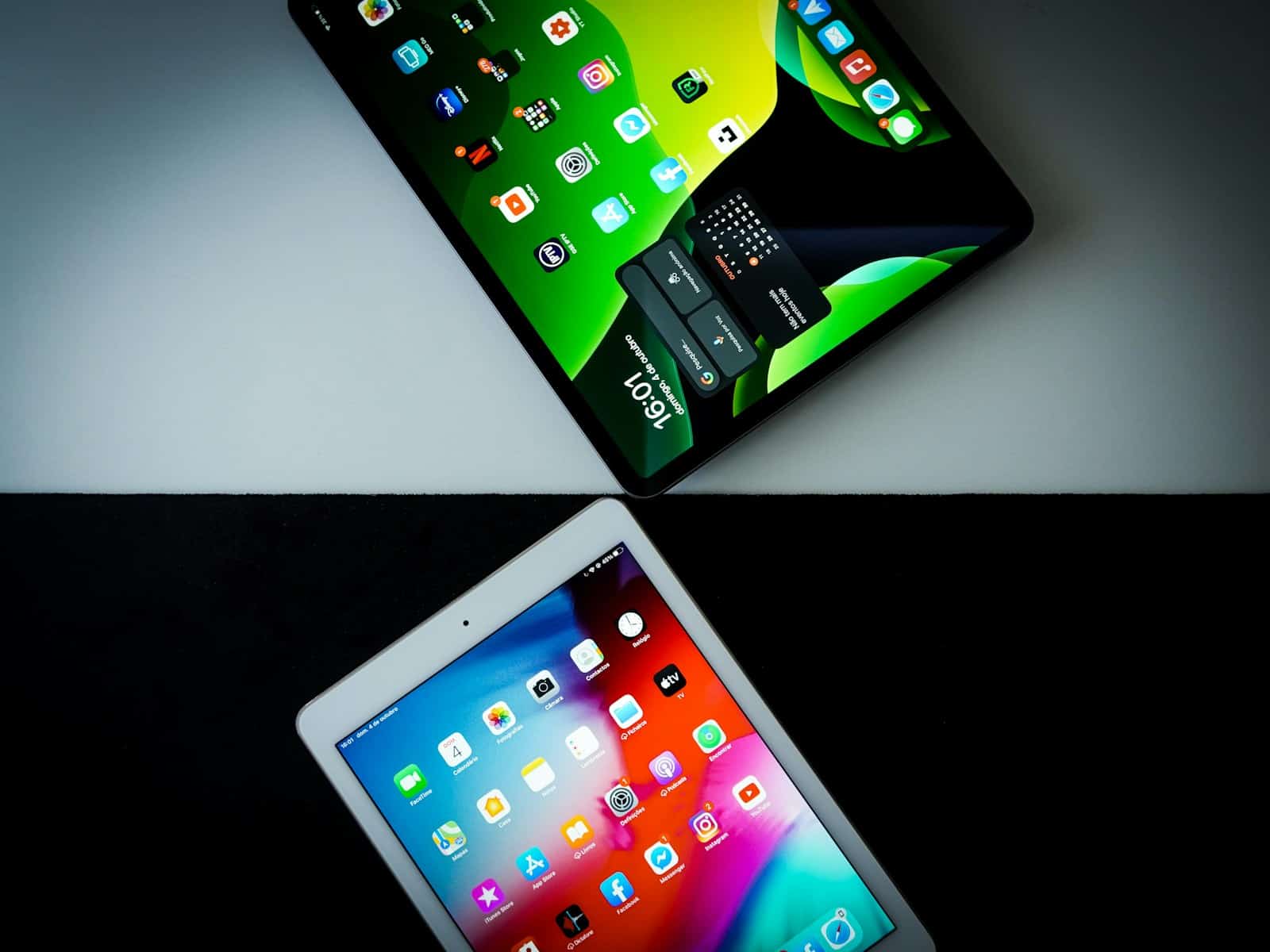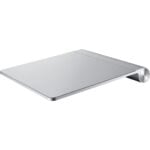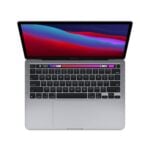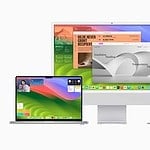Apple iPads have become essential tools for many of us across the globe. People in the US, UK, Australia, Canada, India, Japan, New Zealand, Singapore, and South Africa turn to these devices for both personal and professional use. With a broad range of models, each iPad offers a unique set of features tailored to different needs. The display is often a critical factor when choosing an iPad. Apple has designed variations in screen size and resolution to cater to a variety of preferences and tasks.
Understanding the technical specifications and performance capabilities of each iPad model can help potential buyers make an informed decision. Performance is not just about the processor speed or the number of cores; it also encompasses storage options and battery life. It is these nuances that set each tablet apart and define its suitability for different types of users. It’s important to note the details, whether one is using the iPad for graphics-intensive applications, multitasking, or just casual browsing.
iPad Sizes Chart: A Comprehensive Guide to Model Dimensions
Apple has released over 30 iPad models since 2010, across four main product lines:
iPad (standard), iPad mini, iPad Air, and iPad Pro.
Each offers different screen sizes, thickness, and weights — which matter for portability, accessories, and usability.
(Sources: Apple – iPad Compare, EveryMac iPad Specs, Wikipedia – List of iPad models)
🧮 2025 iPad Lineup (Current Models)
| Model | Display Size | Dimensions (H × W × D) | Weight | Apple Pencil Support | Released |
|---|---|---|---|---|---|
| iPad Pro 13-inch (M4) | 13″ | 281.6 × 215.5 × 5.1 mm | 579 g (Wi-Fi) | Pencil Pro | May 2024 |
| iPad Pro 11-inch (M4) | 11″ | 249.7 × 177.5 × 5.3 mm | 444 g (Wi-Fi) | Pencil Pro | May 2024 |
| iPad Air 13-inch (M2) | 13″ | 280.6 × 214.9 × 6.1 mm | 617 g (Wi-Fi) | Pencil (USB-C) | May 2024 |
| iPad Air 11-inch (M2) | 11″ | 247.6 × 178.5 × 6.1 mm | 462 g (Wi-Fi) | Pencil (USB-C) | May 2024 |
| iPad (10th gen) | 10.9″ | 248.6 × 179.5 × 7.0 mm | 477 g (Wi-Fi) | Pencil (USB-C or 1st Gen via adapter) | Oct 2022 |
| iPad mini (6th gen) | 8.3″ | 195.4 × 134.8 × 6.3 mm | 293 g (Wi-Fi) | Pencil (2nd Gen) | Sept 2021 |
🧠 Quick Overview by iPad Family
🏆 iPad Pro Series
- Sizes: 11-inch and 13-inch (formerly 12.9-inch)
- Best for: Professionals, designers, and power users
- Key traits: Ultra-thin design, M4 chip, OLED display, Pencil Pro support
Notable older sizes:
| Model | Size | Years Sold |
|---|---|---|
| iPad Pro 12.9″ | 12.9″ | 2015–2022 |
| iPad Pro 11″ | 11″ | 2018–2022 |
| iPad Pro 10.5″ | 10.5″ | 2017 |
| iPad Pro 9.7″ | 9.7″ | 2016 |
🌬️ iPad Air Series
- Sizes: 11-inch and 13-inch (M2, 2024)
- Best for: Students, creatives, and general users who want Pro-like performance without the price tag
- Thickness: 6.1 mm (same across all generations since Air 2)
Older models:
| Model | Size | Year |
|---|---|---|
| iPad Air (5th Gen, M1) | 10.9″ | 2022 |
| iPad Air (4th Gen) | 10.9″ | 2020 |
| iPad Air (3rd Gen) | 10.5″ | 2019 |
| iPad Air (1st–2nd Gen) | 9.7″ | 2013–2014 |
💡 iPad (Standard)
- Sizes: 10.9″ (10th Gen, 2022) and 10.2″ (9th Gen, 2021)
- Best for: Everyday users, schools, and casual entertainment
- Ports: USB-C (10th Gen), Lightning (9th Gen and earlier)
Older models:
| Model | Size | Year |
|---|---|---|
| iPad (9th Gen) | 10.2″ | 2021 |
| iPad (8th–7th Gen) | 10.2″ | 2019–2020 |
| iPad (6th–5th Gen) | 9.7″ | 2017–2018 |
| iPad (1st–4th Gen) | 9.7″ | 2010–2012 |
🪶 iPad mini Series
- Sizes: 8.3″ (6th Gen, 2021)
- Best for: Portability, note-taking, travel, and reading
Older models:
| Model | Size | Year |
|---|---|---|
| iPad mini (5th Gen) | 7.9″ | 2019 |
| iPad mini (1st–4th Gen) | 7.9″ | 2012–2015 |
📊 iPad Size Comparison Chart (All Generations)
| iPad Model | Display | Height (mm) | Width (mm) | Depth (mm) | Weight (g) |
|---|---|---|---|---|---|
| iPad Pro 13″ (M4, 2024) | 13.0″ | 281.6 | 215.5 | 5.1 | 579 |
| iPad Pro 11″ (M4, 2024) | 11.0″ | 249.7 | 177.5 | 5.3 | 444 |
| iPad Air 13″ (M2, 2024) | 13.0″ | 280.6 | 214.9 | 6.1 | 617 |
| iPad Air 11″ (M2, 2024) | 11.0″ | 247.6 | 178.5 | 6.1 | 462 |
| iPad (10th Gen, 2022) | 10.9″ | 248.6 | 179.5 | 7.0 | 477 |
| iPad (9th Gen, 2021) | 10.2″ | 250.6 | 174.1 | 7.5 | 487 |
| iPad mini (6th Gen, 2021) | 8.3″ | 195.4 | 134.8 | 6.3 | 293 |
| iPad mini (5th Gen, 2019) | 7.9″ | 203.2 | 134.8 | 6.1 | 300 |
(Dimensions from Apple Support – iPad Tech Specs)
🧩 How to Identify Your iPad Model
If you’re unsure which iPad you have:
- Go to Settings → General → About.
- Look for Model Number (e.g., A2588).
- Cross-check it on Apple’s Identify Your iPad page.
💡 Quick Tips for Choosing the Right Size
- For portability: iPad mini (8.3”)
- For note-taking and students: iPad Air (11”)
- For artists and professionals: iPad Pro (11” or 13”)
- For casual use: iPad (10.9”)
🧭 Summary
| Category | Smallest | Largest | Best For |
|---|---|---|---|
| Screen Size Range | 8.3″ (mini) | 13″ (Pro/Air) | — |
| Lightest Model (2025) | iPad mini (293 g) | — | Travel & reading |
| Thinnest Model (2025) | iPad Pro (5.1 mm) | — | Design & performance |
| Best Value | iPad (10th Gen) | — | Everyday use |
Key Takeaways
- Apple iPads cater to a diverse market with varying screen sizes and features.
- Screen size and resolution are key factors in selecting an iPad model.
- Technical specs such as processor speed, storage options, and battery life are critical to iPad performance.
iPad Models and Sizes
Choosing the right iPad involves understanding the different models and sizes available. This section gives a clear look at the options and how they compare.
Current iPad Lineup
Apple’s current lineup includes several models:
- iPad Pro: Available in 11-inch and 12.9-inch with Liquid Retina XDR displays. The 12.9-inch model offers the highest resolution at 2732 x 2048.
- iPad Air: Features a 10.9-inch Liquid Retina display.
- iPad: The standard iPad has a 10.2-inch Retina display.
- iPad mini: Comes with an 8.3-inch Liquid Retina display.
These iPads vary in display technology and size to cater to different needs.
Historical Size Evolution
The original iPad had a 9.7-inch screen. Over the years, screen sizes expanded with the introduction of the 12.9-inch iPad Pro and the compact 7.9-inch iPad mini. Each new generation often brings subtle changes in dimensions and a greater focus on screen-to-body ratio, with bezels getting thinner across versions.
Comparison of Display Types
Apple iPads have evolved from LED-backlit displays to advanced Retina, Liquid Retina, and Ultra Retina XDR displays. Retina displays have at least 264 ppi, which makes pixels undetectable at a normal viewing distance. Liquid Retina and Ultra Retina XDR displays offer more vibrant colors and better contrast.
Size Measurement Standards
When Apple lists iPad sizes, it measures screens diagonally from corner to corner. The aspect ratio remains standard for a more uniform look across models. This consistent sizing method helps consumers compare models directly.
Optimal Sizes for Different Uses
Smaller iPads like the 8.3-inch iPad mini suit one-hand use and portability. The 10.2-inch and 10.9-inch sizes balance portability with enough screen space for productivity. The larger 11-inch and 12.9-inch iPad Pros cater to professionals needing more screen real estate for tasks like design and editing.
Connectivity and Accessories
Newer iPad models support Wi-Fi 6, USB-C, and Thunderbolt connections. Apple Pencil compatibility ranges across current models for enhanced productivity. The Pro models feature 5G NR capabilities for faster wireless connectivity.
Advanced Technologies in iPad Displays
The iPad Pro models with Liquid Retina XDR incorporate ProMotion technology for smooth motion and a high refresh rate. They also support P3 wide color and have an antireflective coating for clarity under different lighting conditions.
Camera Quality Across Sizes
All current iPad models include HD cameras with the 12.9-inch iPad Pro featuring a 12MP ultra-wide front camera with Center Stage and a 12MP wide rear camera. The iPad Air and mini also have 12MP rear cameras but the front cameras are 7MP. The standard iPad has an 8MP wide rear camera with a 12MP ultra-wide front camera.
Storage Options by Model and Size
Storage options start at 64GB and can go up to high capacities, like 256GB seen in the iPad Air and Pro models. These options help users determine the right amount of space for their applications and media.
Biometric Features for Each Size
While the iPad Air and Pro models use Face ID for secure authentication, the standard iPad and iPad mini have Touch ID. These features offer users quick access while keeping their device secure.
Audiovisual Enhancements
All iPad models feature bright, backlit displays and landscape-oriented speakers. They adjust to ambient lighting conditions for optimal viewing. The iPad Pro takes audiovisuals further with four-speaker audio and five studio-quality microphones for video calls and media consumption.
Technical Specifications and Performance
Exploring the technical specifications and performance of iPads reveals the nuances in their capabilities. From processing power to battery life, each model offers a unique combination to users.
Processor Capabilities Across Sizes
All iPads come with powerful processors that handle apps and multitasking with ease. The iPad Pro features the A12Z Bionic chip with Neural Engine, providing top-notch performance. For the iPad Air, the A14 Bionic chip offers speed and efficiency. Both support advanced tasks like video editing and augmented reality.
Operating System and Software Compatibility
These devices run on iPadOS, ensuring a smooth interface across all models. iPadOS brings powerful multitasking features and comprehensive app compatibility to users. iPads receive regular software updates, making them a long-term investment for productivity and entertainment.
Physical Specifications and Portability
IPads vary in size and weight. The iPad Pro is the largest, while the iPad Mini boasts a compact frame. Despite their differences in dimensions, all models share a sleek, rectangular design that makes them highly portable and easy to handle.
Battery Life and Charging Standards
Battery life across iPad models consistently hits the mark, with most offering up to 10 hours of use. Users can charge iPads with USB-C or Lightning connectors depending on the model, and the iPad Pro now supports fast charging.
Resolution and Pixel Density
The iPad Pro’s Liquid Retina XDR display is unmatched, with high resolution and pixel density for crisp images. Standard iPad models have 326 ppi, making text clear and photos vivid. ProMotion technology provides fluid scrolling and smooth motion content.
5G and Wireless Technology
The latest iPad Pro models support 5G NR, enabling ultra-fast downloads and streaming. Wi-Fi 6 and Bluetooth 5.2 are standard, offering quick connections and data transfer across all relevant models.
Comparison of iPad Generations
Apple’s iPad generations vary in features like the Neural Engine and camera quality. The iPad Pro usually leads with innovations such as Face ID and advanced rear camera systems. Older generations, like the original iPad or iPad Air 4th gen, still support essential tasks with their A12 Bionic chips.
Global iPad Use Cases
IPads have a global presence, being used in diverse settings from the US to Singapore. In education, work, and creative industries, iPads serve as versatile tools. They fit different roles, from portable drawing tablets to mobile office suites.







